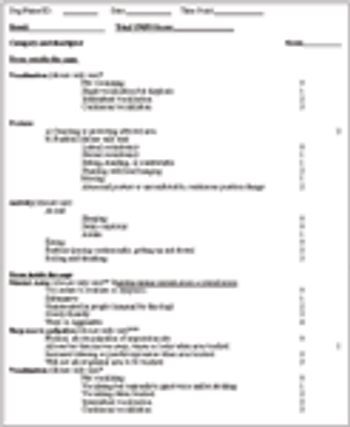
The challenge of pain assessment in animals lies in the very concept of pain itself.
Dr. Lesley J. Smith, Department of Surgical Sciences, School of Veterinary Medicine, University of Wisconsin, 2015 Linden Drive, Madison WI 53706

The challenge of pain assessment in animals lies in the very concept of pain itself.

Because the entire CNS is heavily invested with opioid receptors that mediate central and spinal analgesia, the most effective class of analgesics is the pure agonist opioids, i.e. drugs such as morphine, hydromorphone, oxymorphone, etc.
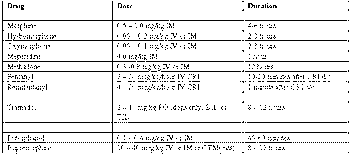
The greek god "Morpheus" was the namesake for morphine. Morpheus was the god of dreams.

Patients that present for ophthalmic surgery are often geriatric or pediatric, painful and anxious, and may present as emergency cases.

A review of some of the common misconceptions or outdated thoughts that can be found in small animal anesthesia.

Mean arterial pressure (MAP) is the driving force for blood flow (perfusion) through capillaries that supply oxygen to organs and tissue beds of the body.
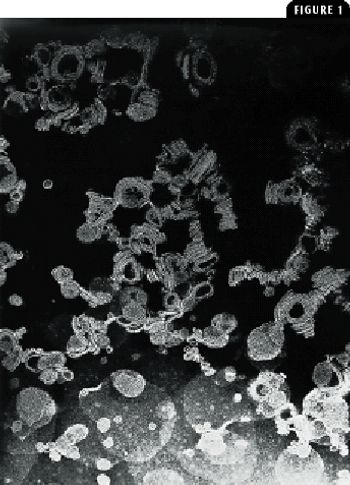
Adequate analgesic treatment of both acute perioperative pain and chronic pain in dogs is recognized by the veterinary profession and the general public as imperative to appropriate and humane medical care.

Because cats are relatively quiet creatures, that is, they don't bark, whine, and announce themselves, their analgesic needs are often ignored or forgotten. Evaluating pain in cats is challenging and requires intense and prolonged observation, intuition, interaction with the animal, and knowledge of the various feline behaviors that may signal pain.
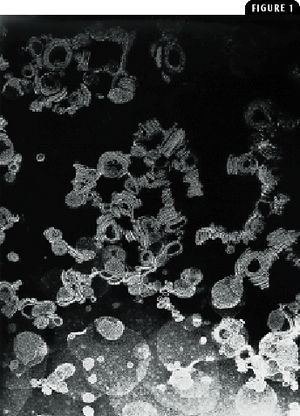
Published: October 1st 2005 | Updated:

Published: August 1st 2005 | Updated:
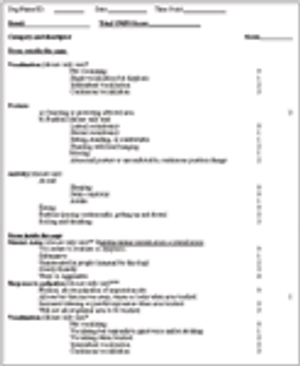
Published: November 1st 2009 | Updated:

Published: November 1st 2009 | Updated:

Published: November 1st 2009 | Updated:

Published: November 1st 2009 | Updated: